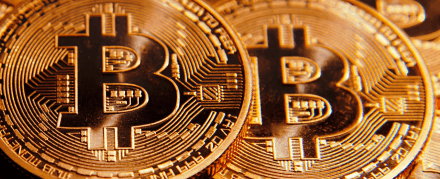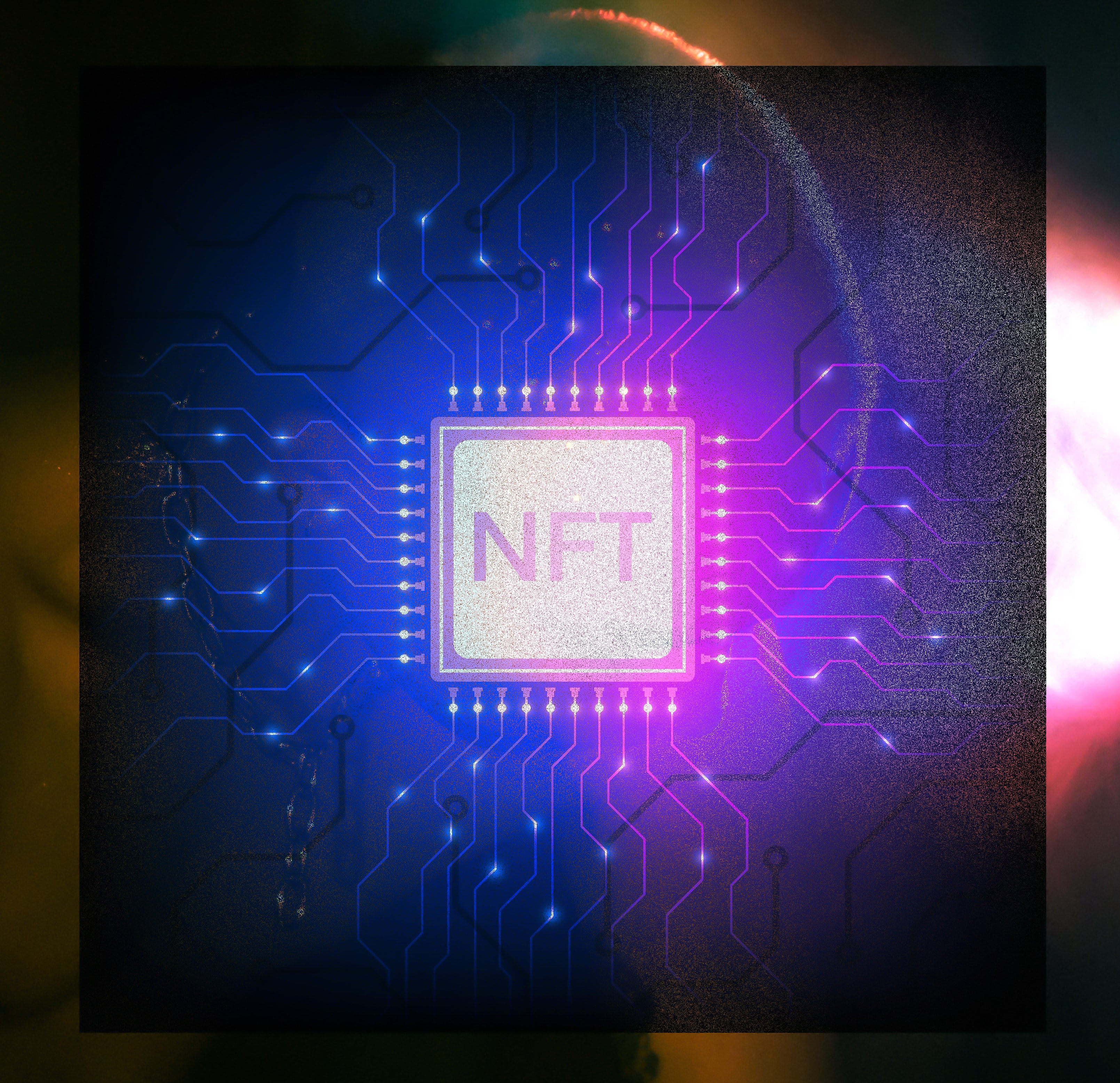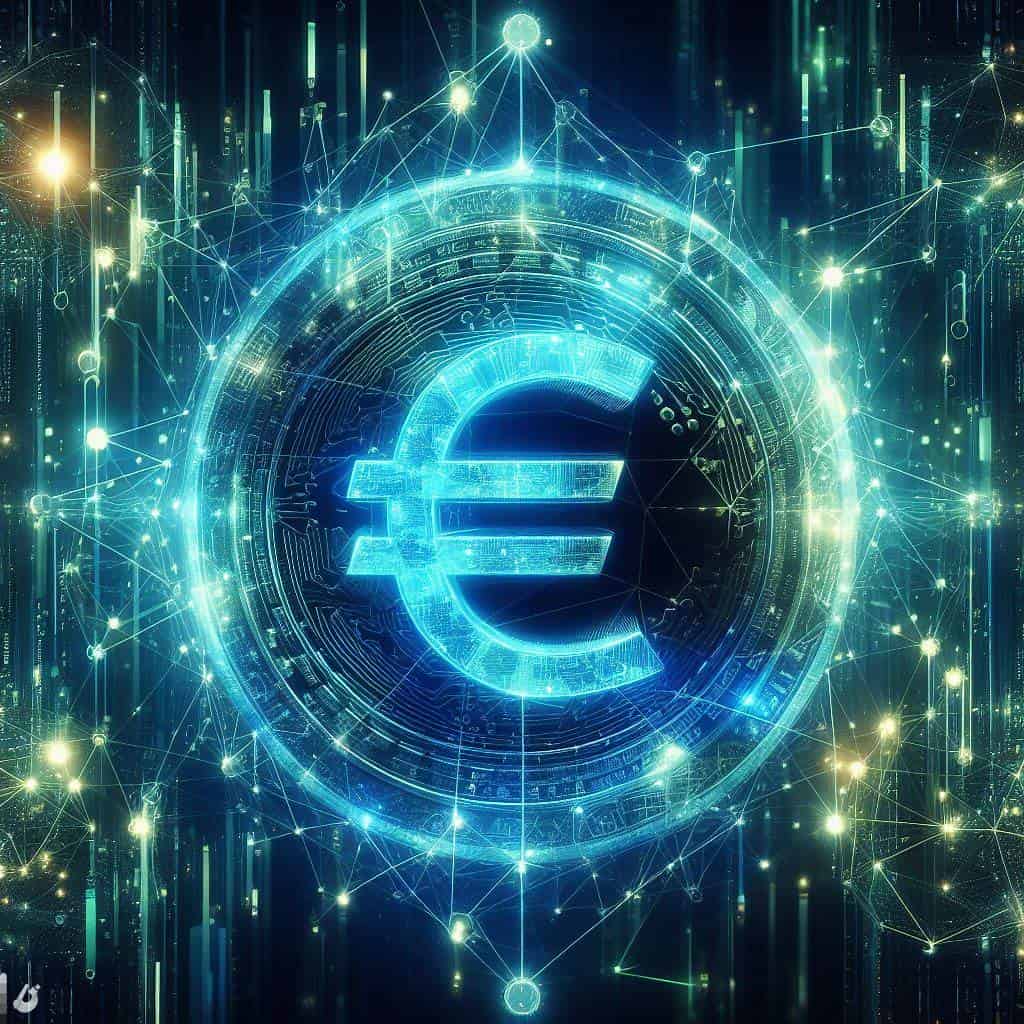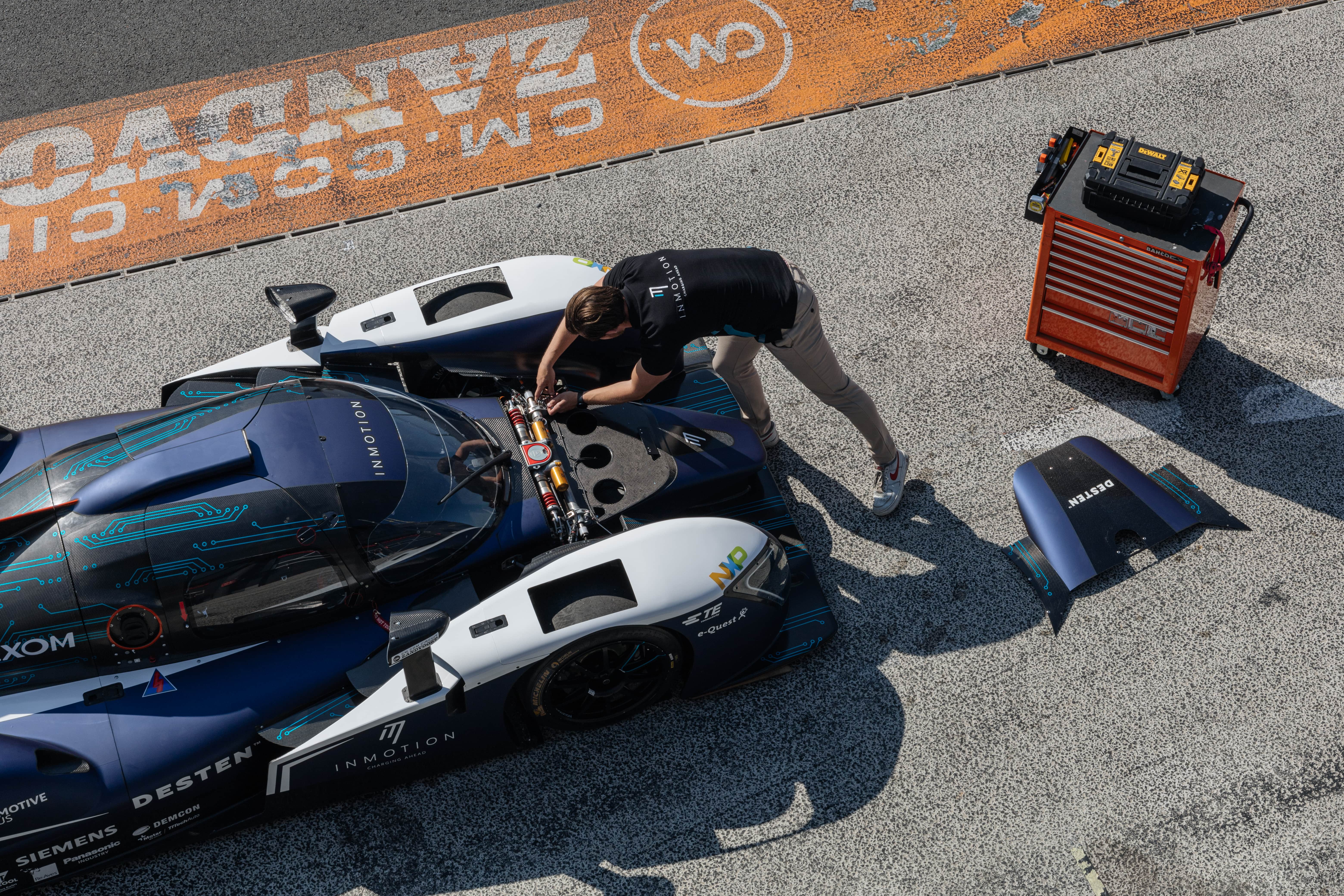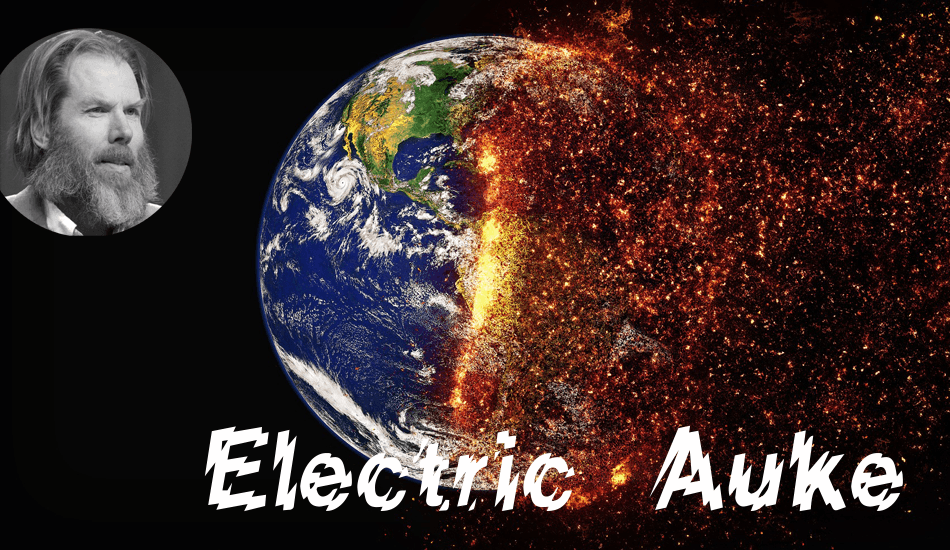
From his office, Auke stares into the camera with a defiant look: “I’m probably going to offend a lot of bitcoin adepts with this, but I think we need to stop using this inefficient technology. Sorry bitcoin fans, but this system of sending information around consumes such an incredible amount of energy. It really doesn’t make sense anymore.”
Because, due to the rising bitcoin price, the grid’s energy consumption is also rising sharply. As a result of the high exchange rates at the beginning of this year, more and more companies are looking to mine crypto currency, which in turn leads to higher energy bills. This is the conclusion reached by Alex de Vries, blockchain expert at PWC. He estimates, based on the 30,000 euros the coin was worth in January, that the grid will consume about 184 terawatt hours of energy during the remainder of this year. Almost as much as all the data centers on earth. The CO2 emissions released from generating this energy can be compared to the emissions of London: 90.2 million metric tons.
That massive consumption issue to the so-called proof of work algorithm that bitcoin uses to approve transactions and add them to the blockchain. That approval is achieved by solving a complicated mathematical puzzle, which can only be cracked with a huge amount of computing power. The first “miner” to find the solution sends it around and confirms the transactions that way. As a reward, they receive bitcoin for doing that. The rule here is: The more computing power, the greater the chance of being the first to find the solution. In recent years, more and more so-called mining farms have sprung up. Vast halls crammed with computers and even more video cards to calculate bitcoins at will.
Proof of work is by definition time-consuming and complex
Auke: “Because there is no single central party that checks everything, you have to come up with a different way of reaching consensus within the network. Put briefly: With the solution to the puzzle, others in the network can see that the transaction is correct and has not been tampered with. Except, proof of work is designed so that, by definition, it takes a lot of time and computing power to solve the mathematical puzzle. It has to be complex. You could update that a little bit and make it more efficient, but it will always take a lot of computing power and consequently, a lot of energy.”
Clasping his hands behind his head and closing his eyes, Auke talks about economic theories that strike him as ‘convoluted voodoo’. “Physics, I understand, those theories I can figure out. But cryptocurrencies are full of assumptions about complicated economic theories, which actually contain all sorts of suppositions. That’s really not for me. So, whether the price of bitcoin will go up or down?”
Auke sticks his arms in the air with a puzzled look and answers his own question, “No idea. Somebody else should answer that. Just like I’m not concerned with what happens to Tesla’s stock. While I do understand the business model, am following everything reasonably well and am fairly well informed.”
Making banks obsolete with blockchain
He is also not at all concerned with the exchange rate of bitcoin, but rather with the technology behind this digital currency, namely blockchain. Auke sits up straight in his chair and starts talking enthusiastically: “Companies keep track of everything in a database, although this is not engraved in stone. Files can be altered. In order to ensure that this does not happen, we often appoint an oversight authority to check whether transactions are correct. Like we have banks to oversee our money. But with blockchain, in principle, there is absolutely no need for those kinds of third parties or authorities. The system as a whole sees to it that everything is correct.”
“It’s a great idea. Because it’s basically open to everyone. It’s transparent too, you can find everything and once it’s in the blockchain, you cannot change it. I also like the fact that it is independent of an authority. It’s ideal, for example, for a sensor network that measures air pollution or a system that monitors illegal tree felling.”
But it costs too much energy surely? “Yes! In Iceland, where they are drowning in green energy, there may still be a case for mining. But even then, you can think of more useful things to do with that energy. It doesn’t pay to send a transaction worth a couple of cents through blockchain. Moreover, blockchain is very inefficient; the network can only handle a certain number of transactions per day. That becomes a problem especially if you want to send a lot of transactions very quickly.”
Alternatives that are less taxing
Auke is also well aware that alternatives to blockchain already exist. Tangle is one such example. In this network, transactions are not confirmed by miners solving a puzzle, but each user automatically checks another set of other transactions for each transaction. This eliminates the need for heavy computing power – as in expensive equipment and lots of energy – that is needed ensure security.
Tangle was created with an economy between machines in mind. In this, a solar panel sells surplus energy to its neighbor. Or a refrigerator buys new milk when it is running low. The currency used in this is called IOTA or in full: Internet of Things Application. Auke: “This also works perfectly for setting up a smart charging system for electric cars. The consensus mechanism for the proof of work has been replaced here by something much simpler, more economical and faster. Blockchain is like an old steam engine. A very good machine, but very inefficient all the same. That’s why I only applaud people’s efforts to develop alternatives that aren’t as atrociously wasteful energy-wise.”


